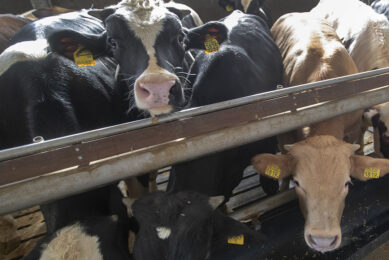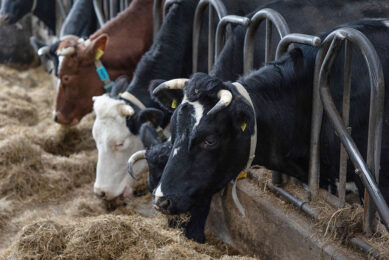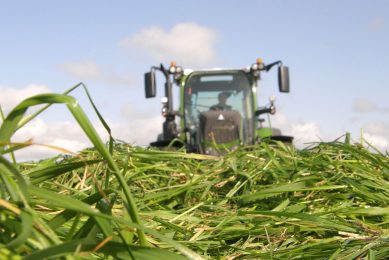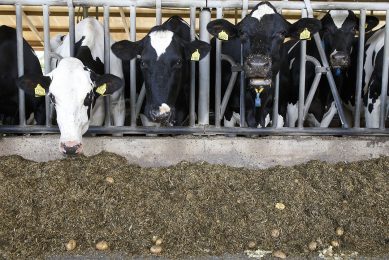Leucaena rumen bug in demand
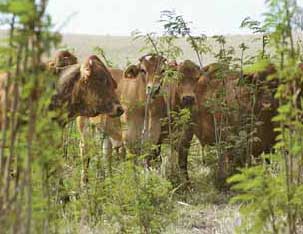
A rapidly expanding cattle industry investment in leucaena fodder legume pasture has ramped up the demand for the inoculum containing a rumen bacterium which can break down a toxin present in leucaena resulting in better animal performance.
Queensland Department of Employment, Economic Development and Innovation technical officer Jo Campbell at Brian Pastures Research Station, Gayndah, said: “There are now more than 200,000 hectares of leucaena-based pasture growing throughout Queensland and producers are well aware of the potential economic impact of leucaena toxicity.”
The leaves, pods and seeds of all commercial leucaena varieties (Peru, Cunningham, Tarramba) all contain a rare and unusual toxic amino acid called mimosine.
Mimosine toxicity poisoning rarely occurs because rumen bacteria rapidly convert mimosine into a chemical called DHP but this is also toxic. DHP stops the thyroid gland from functioning normally and this toxicity, while rarely fatal, builds up in the animal’s system and can significantly limit liveweight gain.
It is the mild or sub-clinical DHP toxicity that has the greatest potential for economic impact as graziers are not aware that it is limiting liveweight gain because there are no visible symptoms.
“Cattle might be gaining weight at 0.5 to 0.8kg/hd/day when a higher performance of 1kg to 1.5kg/hd/day, depending on the amount of leucaena in the total diet, could be attained if the leucaena rumen bug is present,” Campbell said.
At Brian Pastures, steers have achieved daily weight gains of up to 1.5kg/head over 100-120 days during the summer-autumn season at stocking rates of 1-3 head/ha.
Management tool
DEEDI senior pasture agronomist at Biloela and leader of the statewide “Accelerated Adoption of Leucaena” project, Stuart Buck, said an increasing number of producers were rumen bug drenching their cattle annually as part of their management process prior to finishing them on leucaena-grass pasture.
“They see this as a management option safeguard to ensure their cattle have the rumen bug on board and will perform accordingly,” he said.
“University of Queensland researchers have also produced an on-farm test kit that can detect the presence of DHP toxins in an animal’s urine sample. The kit has yet to progress to commercial availability.
“If there are no visible leucaena toxicity symptoms such as hair loss from around the tail switch and pizzle, lethargy, excessive salivation, eye cataracts, depressed growth and poor appetite, then the test kit will be a useful tool to indicate if the bug is actively doing its job,” Buck said.
Related website: Leucaena Network




